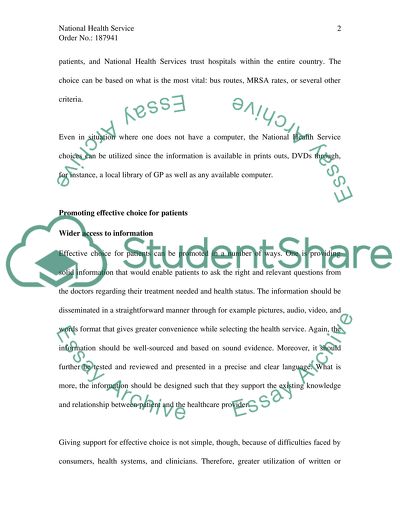Cite this document
(“National Health Service Master Essay Example | Topics and Well Written Essays - 1500 words”, n.d.)
National Health Service Master Essay Example | Topics and Well Written Essays - 1500 words. Retrieved from https://studentshare.org/health-sciences-medicine/1503315-national-health-service-master-essay
National Health Service Master Essay Example | Topics and Well Written Essays - 1500 words. Retrieved from https://studentshare.org/health-sciences-medicine/1503315-national-health-service-master-essay
(National Health Service Master Essay Example | Topics and Well Written Essays - 1500 Words)
National Health Service Master Essay Example | Topics and Well Written Essays - 1500 Words. https://studentshare.org/health-sciences-medicine/1503315-national-health-service-master-essay.
National Health Service Master Essay Example | Topics and Well Written Essays - 1500 Words. https://studentshare.org/health-sciences-medicine/1503315-national-health-service-master-essay.
“National Health Service Master Essay Example | Topics and Well Written Essays - 1500 Words”, n.d. https://studentshare.org/health-sciences-medicine/1503315-national-health-service-master-essay.


